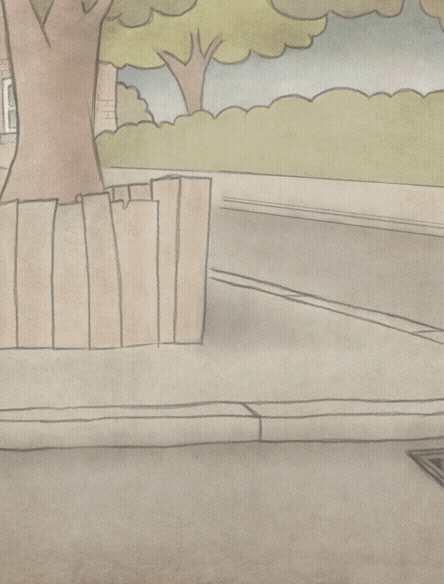Sheetal earns 2000 rs per month. She is not able to save a lot. But Priya, her neighbour, convinces her to save 5 rs per month. This much she can do. So, she starts saving 5 rs per month.
Every month, a didi comes to her house, takes her 5 rs, and makes an entry in the book that Sheetal keeps in her house.
Sheetal and Priya live in a settlement where 1000 women make these small contributions – from 2 rs to 10 rs per month.
One day, Sheetal needs some money to pay the admission fees of her child.
She goes to the bank, but the bank cannot lend 10,000 rs to a person who makes only 2000 rs per month.
She then borrows about 2000 rs from her employer, promising to pay back 200 rs per month and do extra work for overtime pay.
She realises that from the months of savings, she has about 65 rs in her passbook.
BUT, the didi who collects this money every month tells her that she has also earned 1 re as interest on her money after the completion of one year.
Even with that, it is only 66 rs. And she needs 8000 rs.
The didi offers to lend her this money. At a very nominal interest rate. While the bank charges anywhere between 8 – 12%, didi charges only 3% interest. That also, only on remaining balance. So, if she pays back 100 rs per month, that 100 will not be charged for interest. Further, she can make payments every week also if she has extra money.
In this way, Sheetal is able to:
A. Save money
B. Get some nominal interest on that money
C. Get credit at favourable/ good rates when she needs it, with no credit check or security.
This is micro finance. When very small amounts of money is collected from a large number of people who are not rich. Put together, this becomes a lot of money.
How does it work?
We saw how it works for the people who invest and borrow. But how does it work for the didi who comes to collect the money and advances credit?
Let’s say 1000 families are participating in the program, with an average collection of 7 rs per household.
This comes to 7000 rs.
From this corpus, a micro finance organisation works exactly like a bank – it gets collections from people at a low rate of interest and lends it at a higher rate of interest. In our story above, Sheetal got 1 re on a deposit of 60 rs in a year. That amounts to about 1.67%, but she will pay a rate of 3% on her loan. Some other borrowers might be paying 5%.
We know from our example that Sheetal’s loan is only a little more than one month’s collection of didi. But she will earn an interest on this amount for a few years.
This is how microfinance works.
Why is microfinance important?
First of all, it gives credit facility to those who do not have income proof and can’t borrow from regular banks or lenders.
Secondly, it promotes small savings.
Thirdly, microfinance leads to empowerment of women because most of these deposits are made by women.
Fourthly, it gives financial power to those who are usually left out of the formal economy.
We don’t think about how much money a rickshaw puller makes, for example. But if he makes 300 rs a day, gives 50 rs as the rent of the rickshaw, he takes home 250 rs a day. This translates to 90,000 per year. There are about 50,000 rickshaw pullers in a small unit (a large city, for example). That is 4.5 billion rupees a year that is not part of the documented economy.


One Reply to “What is micro-finance?”
Comments are closed.